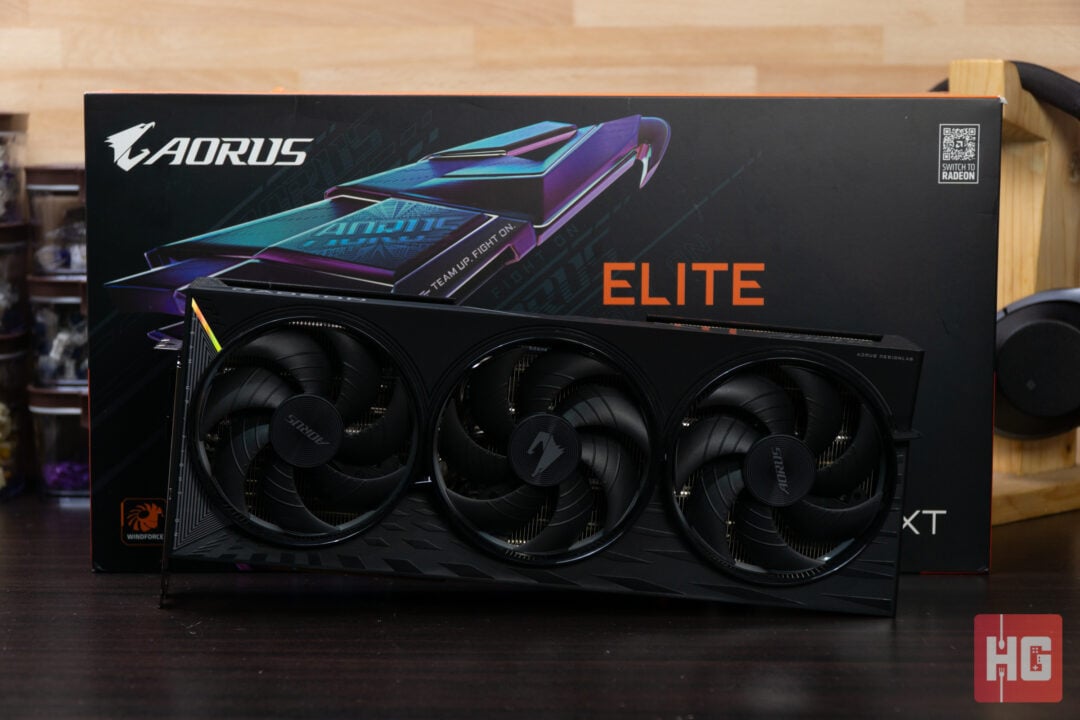
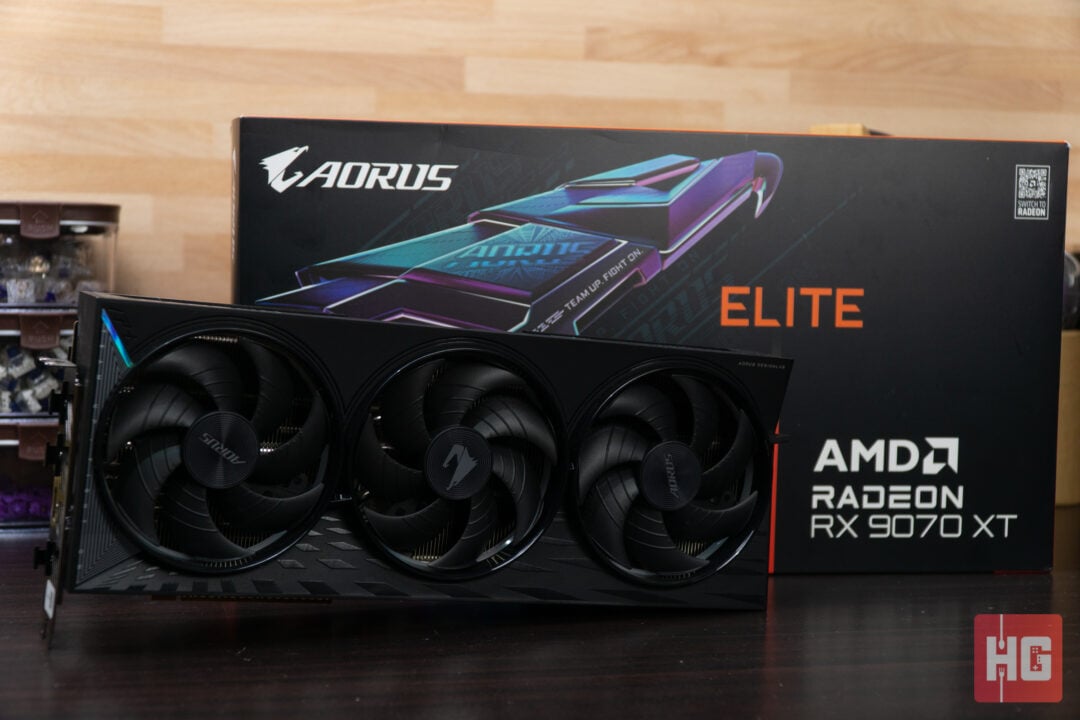
AMD has officially unveiled first RDNA 4 cards, the Radeon RX 9070 XT and RX 9070, for gamers and enthusiasts to enjoy. Promising a jump in performance in both raster and ray tracing performance, as well as plenty of improvements in frame generation, upscaling, and software support.
In this review, we will be taking a look at the Aorus Radeon RX 9070 XT Elite 16G – Gigabyte’s flagship entry for AMD’s RDNA 4 cards. Aside from a new label, they have equipped the card with beefier cooling, RGB lighting, and higher clock speeds than the base model.
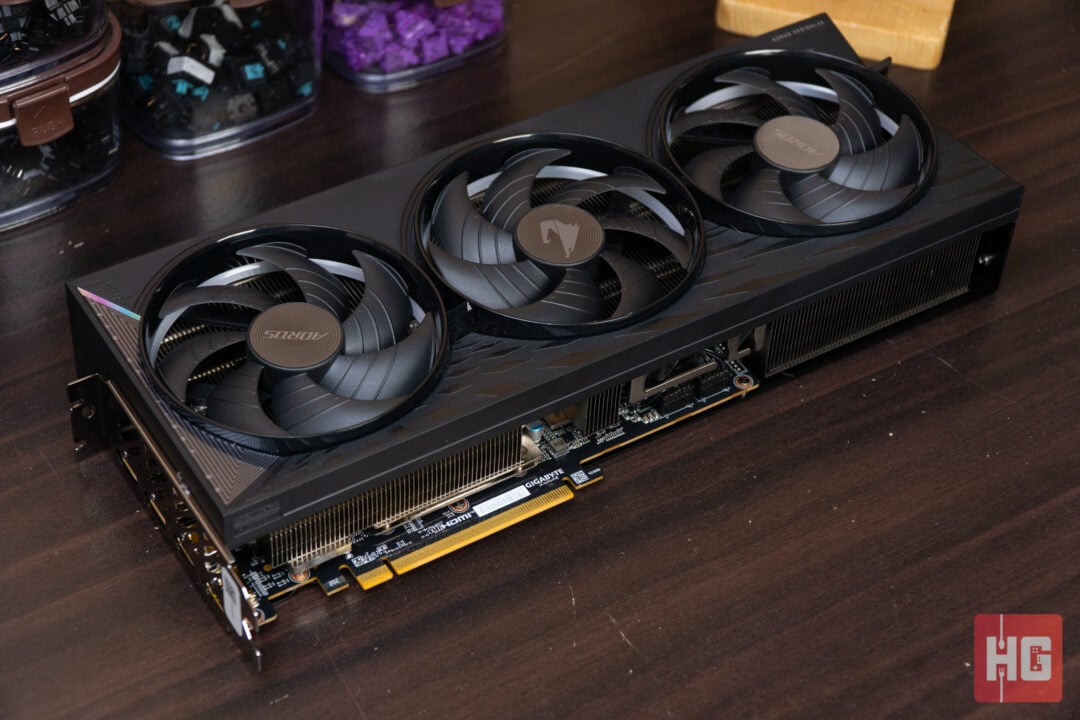
| GPU | Navi 48 XTX |
| Architecture | RDNA 4 |
| Manufacturing Process | TSMC N4P FinFET |
| Boost Clock | Up to 3100MHz |
| Game Clock | Up to 2570MHz |
| Compute Units | 64 |
| Stream Processors | 4,096 |
| RT Accelerators | 64 (3rd Gen) |
| AI Accelerators | 128 (2nd Gen) |
| Texture Mapping Units | 256 |
| Render Output Units | 128 |
| Memory | 16GB GDDR6 |
| Memory Bus Width | 256-bit |
| Memory Bandwidth | 644.6GB/s |
| Memory Speed | 2518MHz, 20.1Gbps |
| Total Board Power | 304W |
| PCIe Version | PCIe 5.0 |
| Power Connectors | 3x 8-pin PCIe |
| Display Connections | 2x DisplayPort 2.1a, 2x HDMI 2.1b |
| Dimensions | 339 x 136 x 59mm |
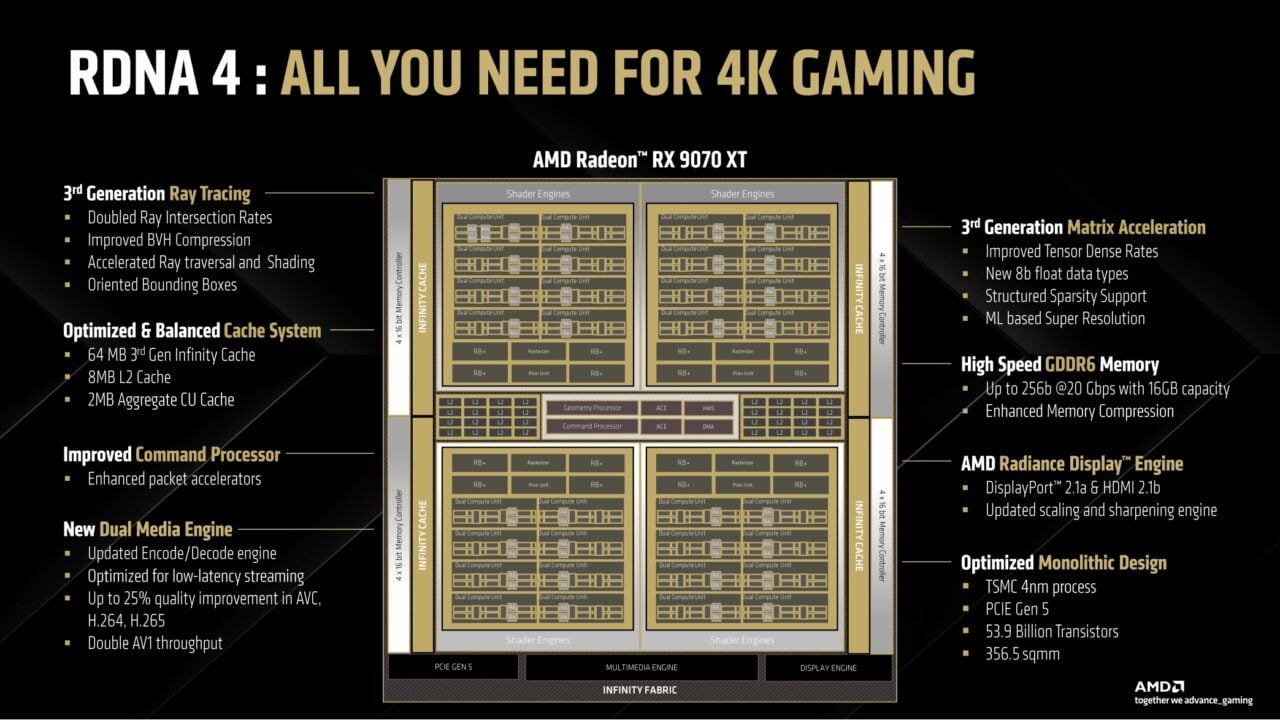
The AMD Radeon RX 9070 XT and RX 9070 are based on the Navi 48 silicon, which uses TSMC’s N4P FinFet process. Transistor count has been upped to 53.9 billion packed in an area of only 356.5 mm².
The Navi 48 silicon (also known as Navi 48 XTX) on the RX 9070 XT comes with 64 compute units across 4 shader engines with each compute unit packing 64 stream processors each for a total of 4,096 stream processors. The silicon also comes with 128 AI accelerators, 64 RT accelerators, .256 texture mapping units, and 128 render output units.
On the other hand, the Navi 48 XT chip found on the RX 9070 is slightly cut down with 56 compute units enabled for a total of 3,584 stream processors, 112 AI accelerators, 56 RT accelerators, and 224 texture mapping units. Render output units, however, remain at 128.
Both the RX 9070 XT and RX 9070 come with 64MB 3rd Generation Infinity Cache and 256-bit GDDR6 memory interface with a total memory of 16GB GDDR6 running at 20Gbps.
The RDNA 4 architecture is able to significantly increase performance this generation thanks to its new dual compute units. They have implemented a better memory system, more scalar units, and improved techniques to allocate registers.
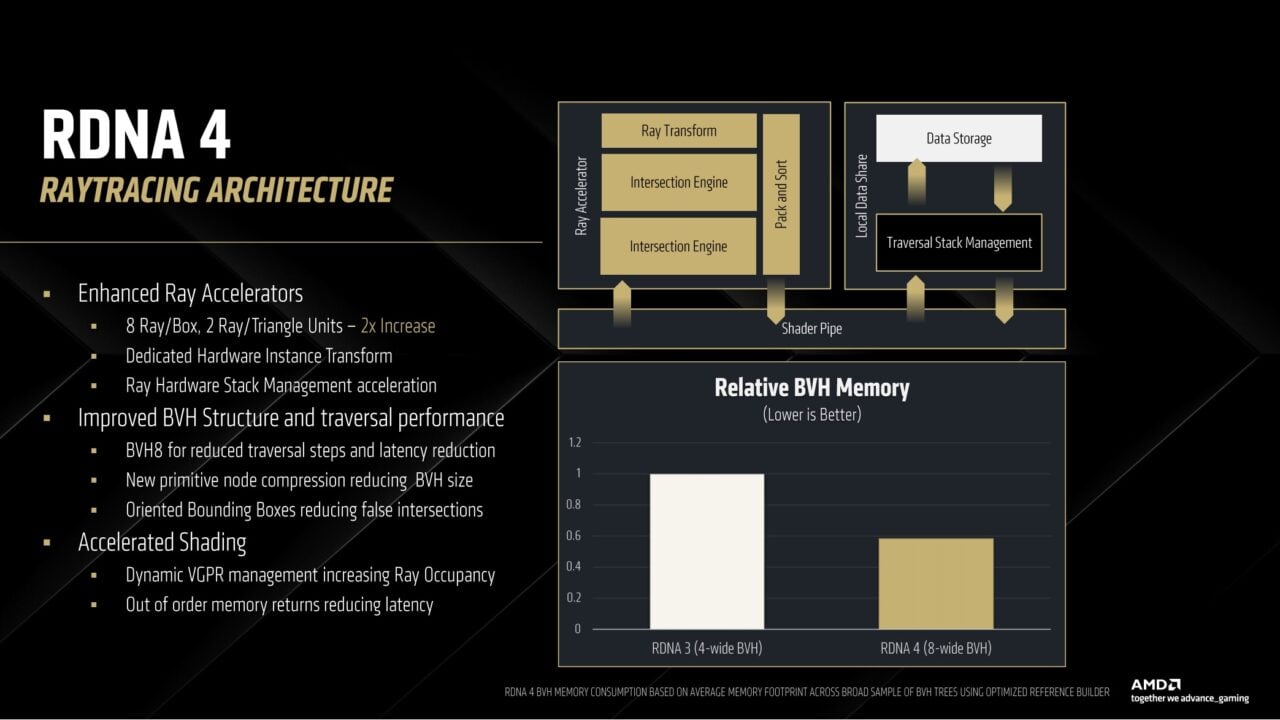
RDNA 4 also brings in 3rd Generation Raytracing Accelerators to make ray tracing more efficient. AMD says that ray tracing performance is twice as fast from the previous generation by streamlining the process and reducing workload by using improved algorithms.
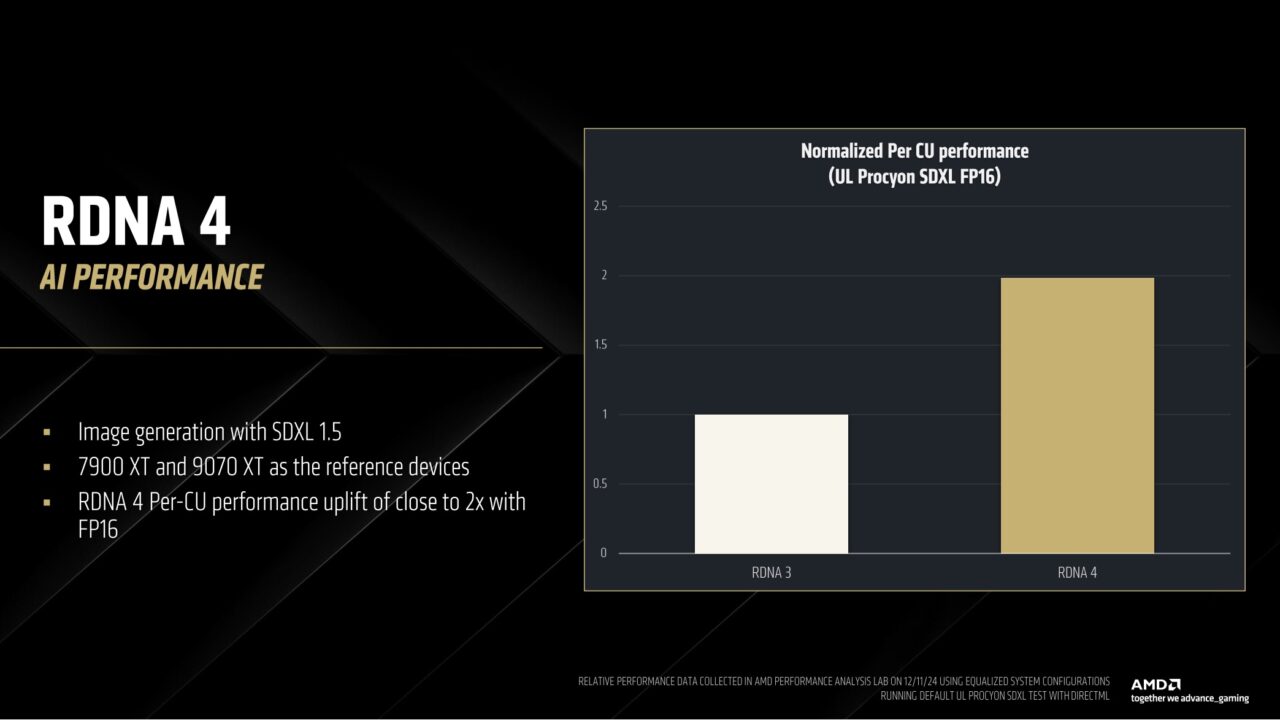
AMD is also using 2nd Generation AI Accelerators to uplift AI workloads. They now come with dedicated math pipelines to process numbers faster and more efficiently, and support new data types like FP8 that also enables the usage of FSR 4, which we’ll discuss later.
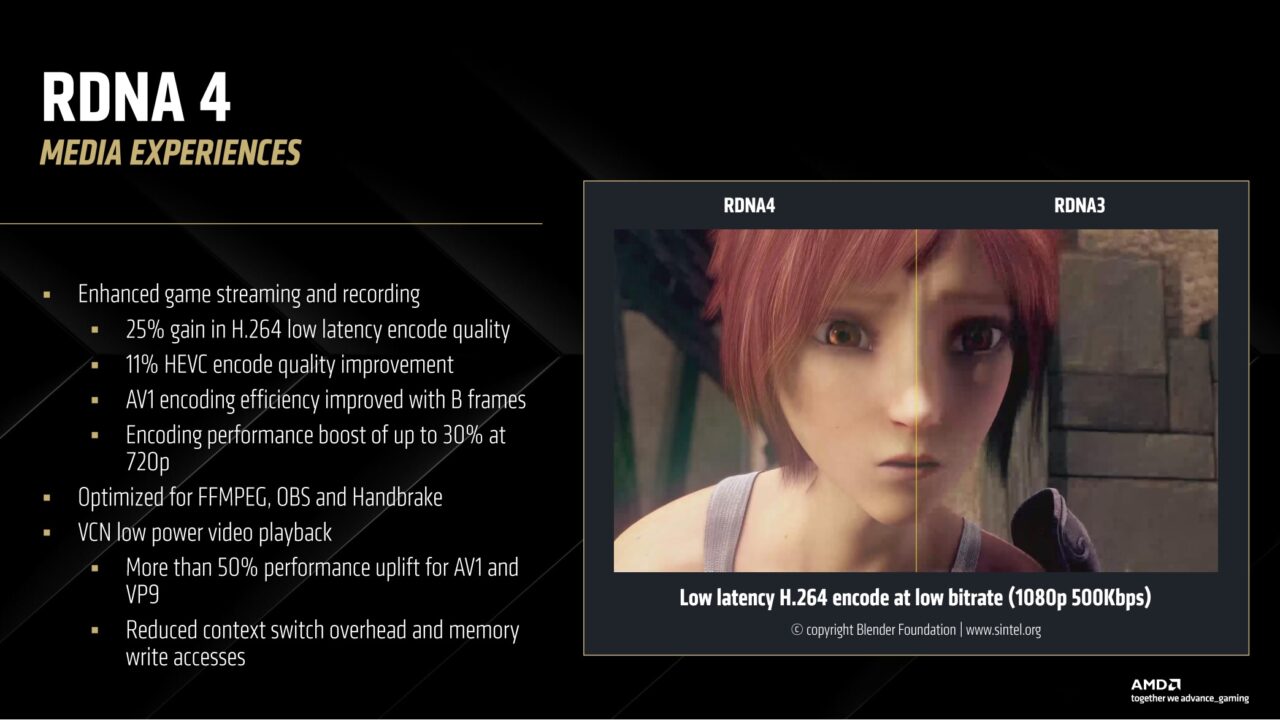
Its Media Engine will support major codecs such as H.264, HEVC, and AV1. H.264 gains 25% uplift in low latency encode quality, HEVC gets 11% encode quality improvement, and AV1 encoding is even more efficient thanks to the usage of B frames. The architecture also enables low power video playback with 50% uplift for AV1 and VP9.

The arrival of the Radeon RX 9000 series and the RDNA 4 architecture also brings in FSR 4. AMD’s new upscaling tech now uses machine learning and AI cores to improve performance and graphical quality when compared to previous FSR iterations.
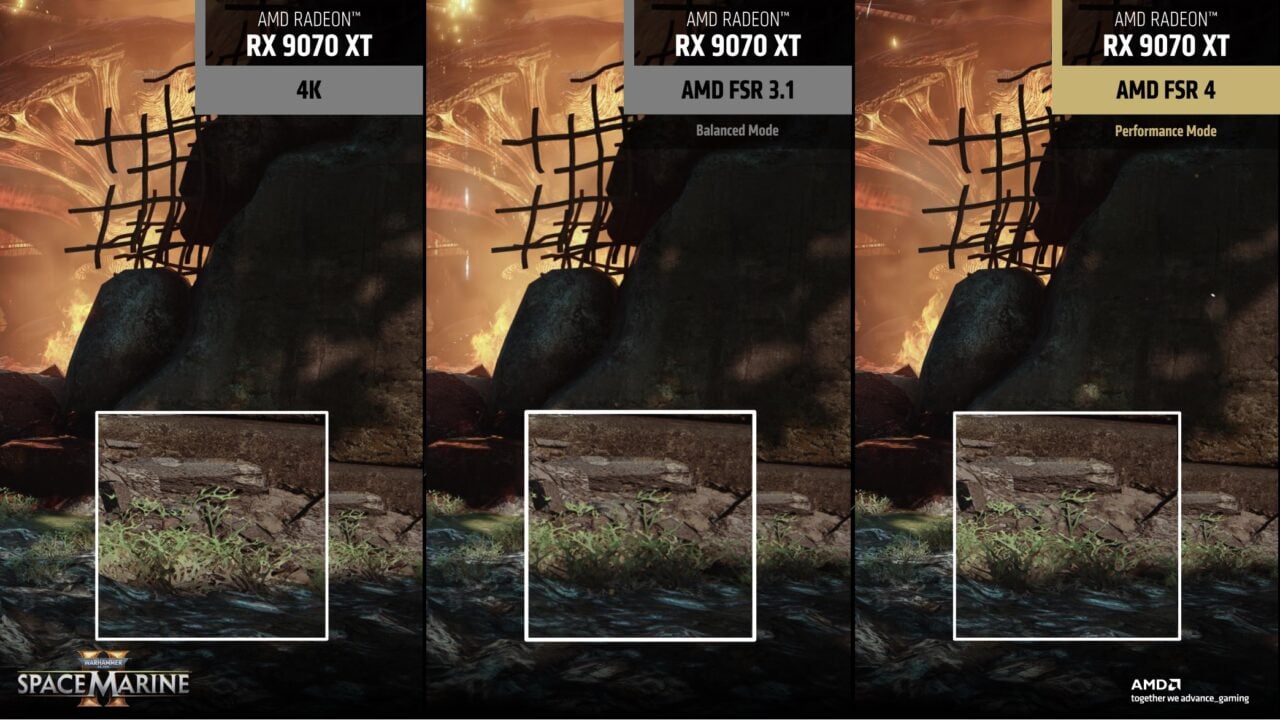
FSR 4 is made possible by the RX 9000 Series’ higher ML compute throughput. The frame is upscaled through an AI ML-based upscaler and reconstructs details for better image quality.
Currently, FSR 4 is implemented in 30+ games including Space Marine II, Kingdom Come Deliverance II, God of War Ragnarok, Horizon Forbidden West, and Call of Duty Warzone. More games are expected to support AMD’s latest upscaler in the future.
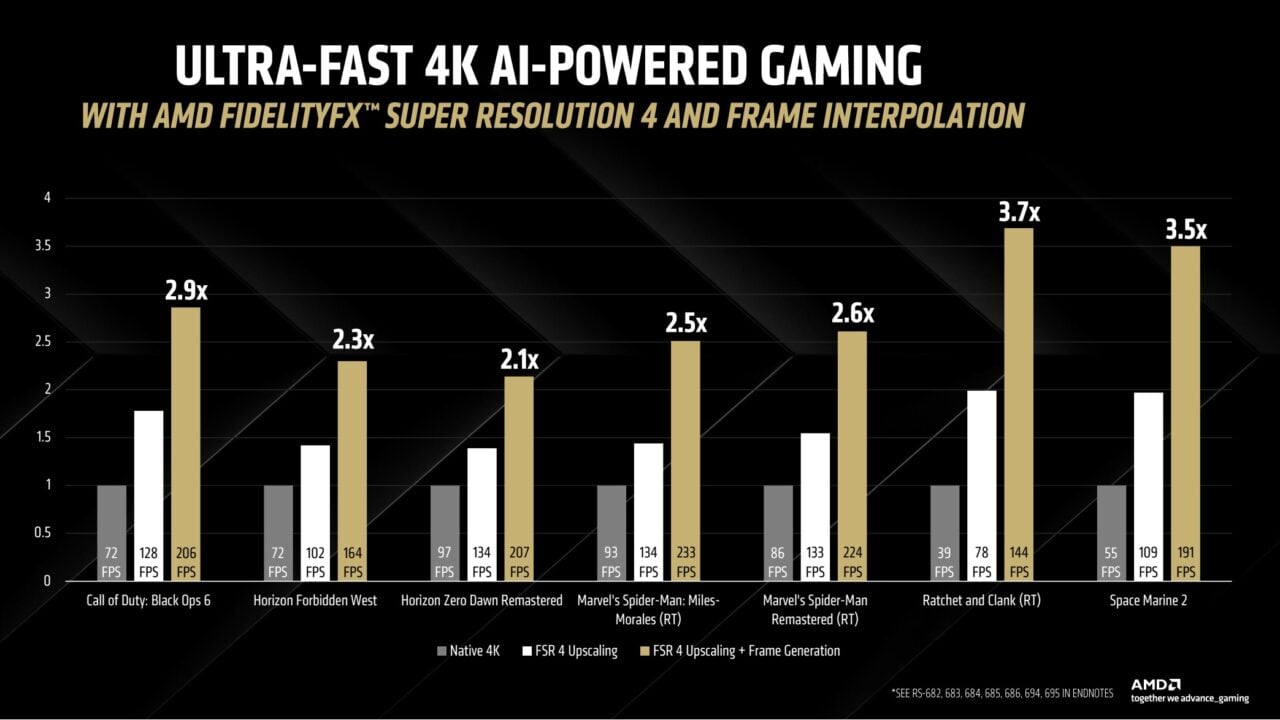
At this time, however, FSR 4 is currently exclusive to RDNA 4-based cards like the RX 9070 XT and RX 9070. Games that are already on FSR 3.1 can be easily upgraded to FSR 4. There’s no word yet if AMD is planning to bring FSR 4 to older cards.
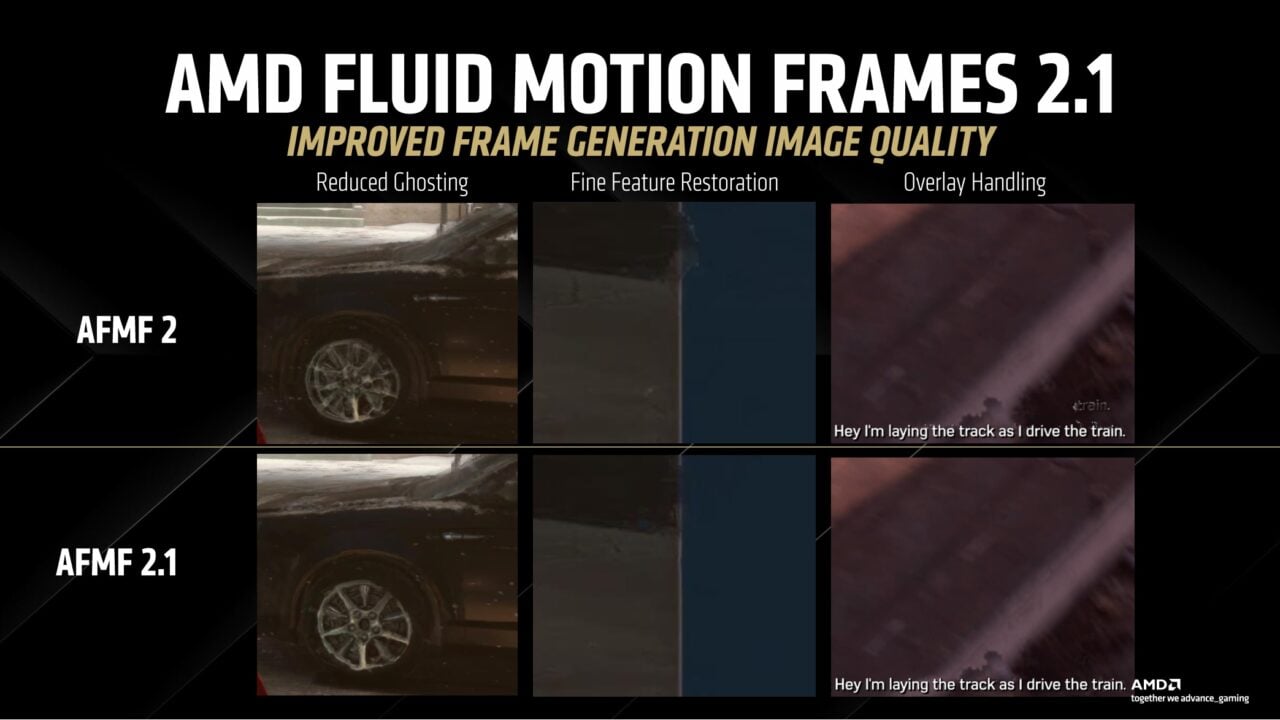
AMD Fluid Motion Frames is also getting its 2.1 iteration this generation. The in-driver frame generation technology promises improved frame generation image quality with reduced ghosting and better temporal tracking. Unlike FSR 4, it will be supported by AMD Radeon RX 6000, RX 7000, and RX 9070 cards as well as AMD Ryzen AI 300 series processors.
AMD will be implementing AI-heavy software in their AMD Software. AMD chat is a big addition as it is a built-in AI chatbot that runs locally, which can assist you in configuring graphical options.
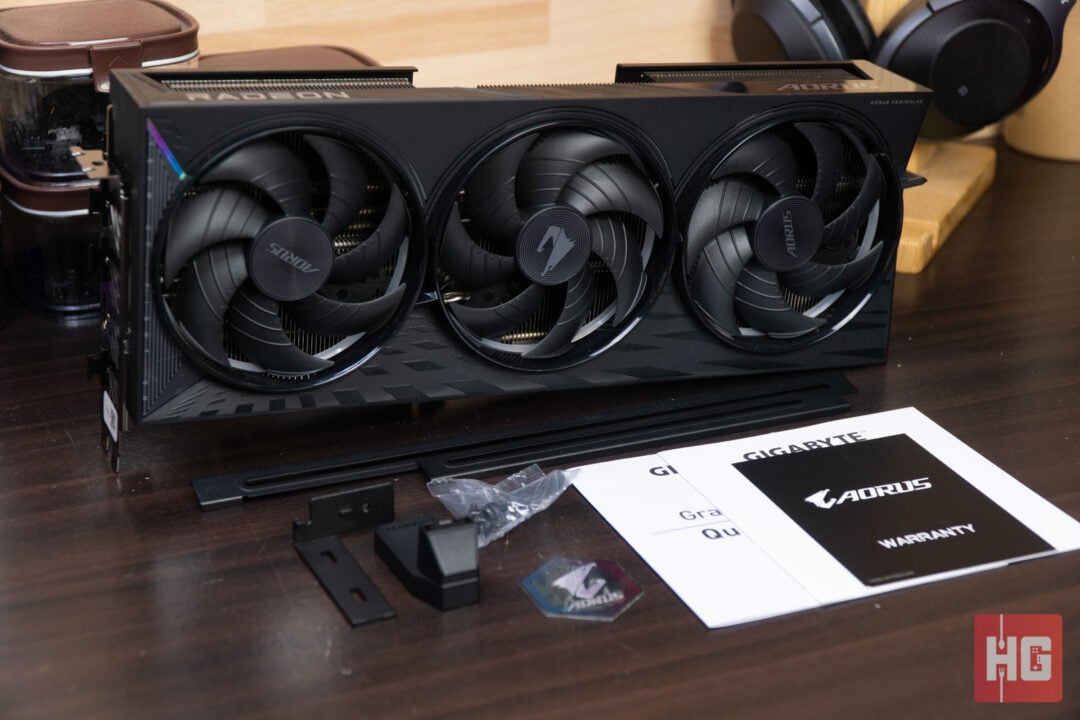
The Aorus Radeon RX 9070 XT Elite 16G comes with the traditional Aorus-branded box sleeve with red highlights to accentuate its AMD heritage. The card and its accessories are protected by plenty of foam. Accessories include a quick start guide, warranty registration guide, graphics card holder guide, graphics card holder, and an Aorus case badge.
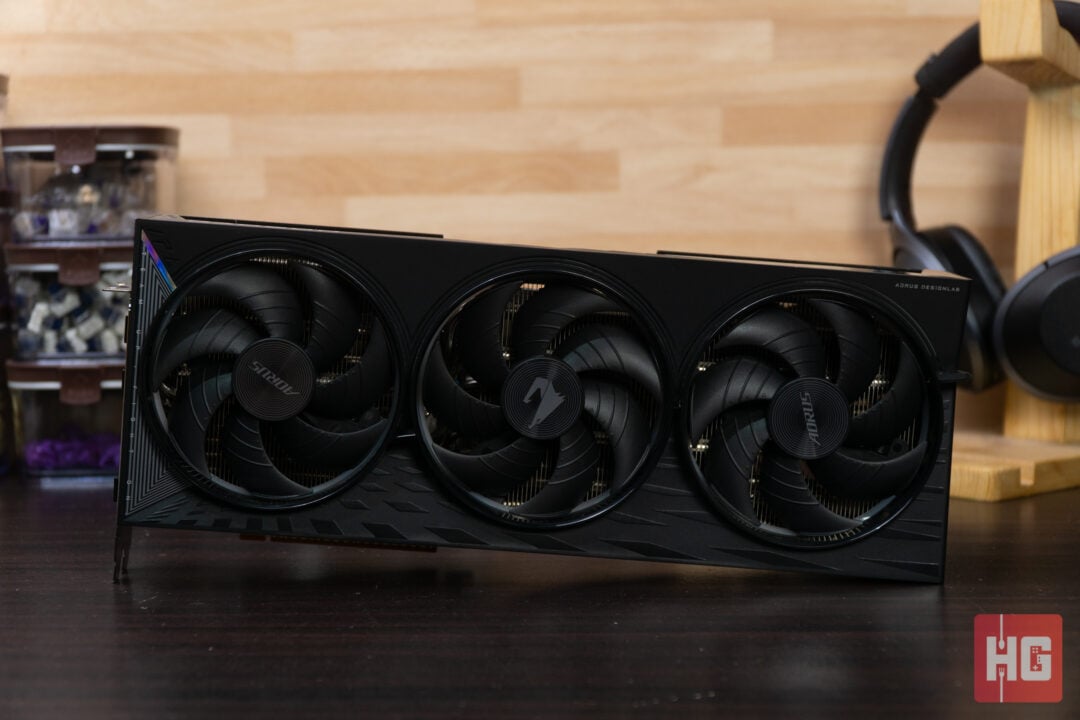
The Aorus Radeon RX 9070 XT Elite 16G sits atop the stack of Gigabyte’s air-cooled RDNA 4 offerings. Measuring in at 339 x 136 x 59mm, the card is a hefty beast. It might not be the largest card in the market, but you’ll still need plenty of space in your case for installation.

Its size can be attributed to its cooling solution. The PCB is actually pretty small, but its large heatsink takes up most of the space. Speaking of its heatsink, it employes the use of vapor chambers and a copper plate for ideal cooling.
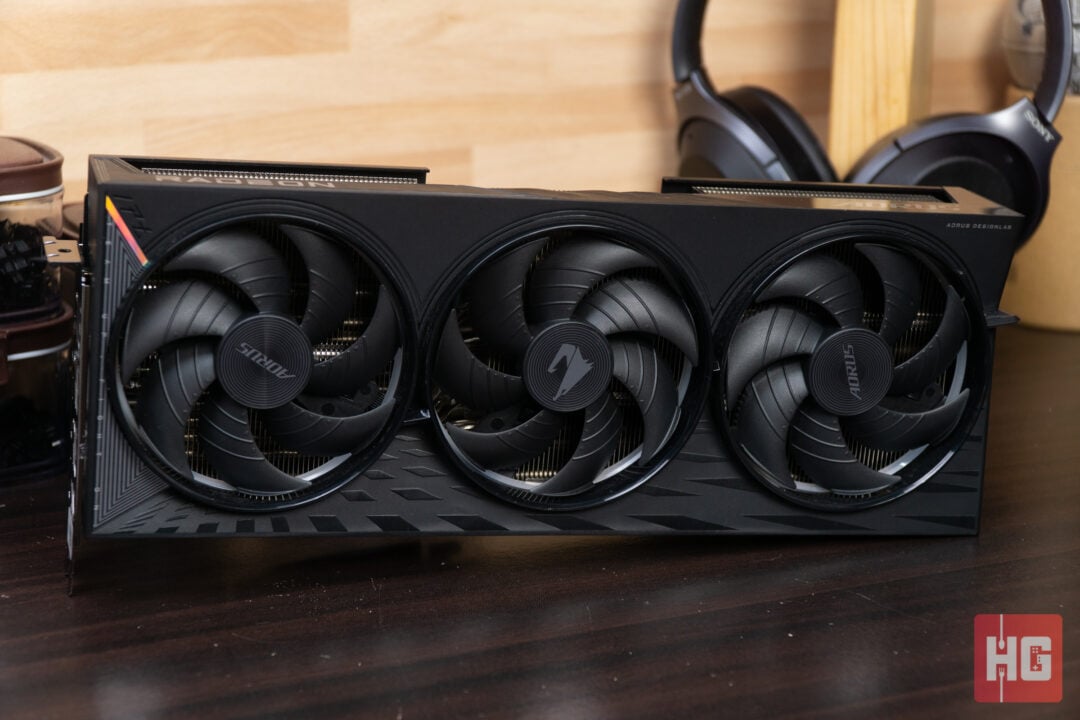
The cooling solution has been improved with Gigabyte’s new WindForce cooling solution. The triple Hawk Fans have been designed to minimize turbulence and noise, which they claim results in up to 53.6% increase in air pressure and a 12.5% increase in air volume.
Of course, every gamer worth their salt knows that RGB is a requirement for aesthetics. As such, Gigabyte has equipped the card with Halo ring effects on its fans and RGB lighting on its Aorus logo.
As for its internals, Gigabyte says that they are using server-grade thermal conductive gel to provide better thermal transfer from critical components like VRAM and MOSFETs. The gel is non-fluid, but provides optimal contact even with uneven surfaces and resists deformation from transport or long-term use.
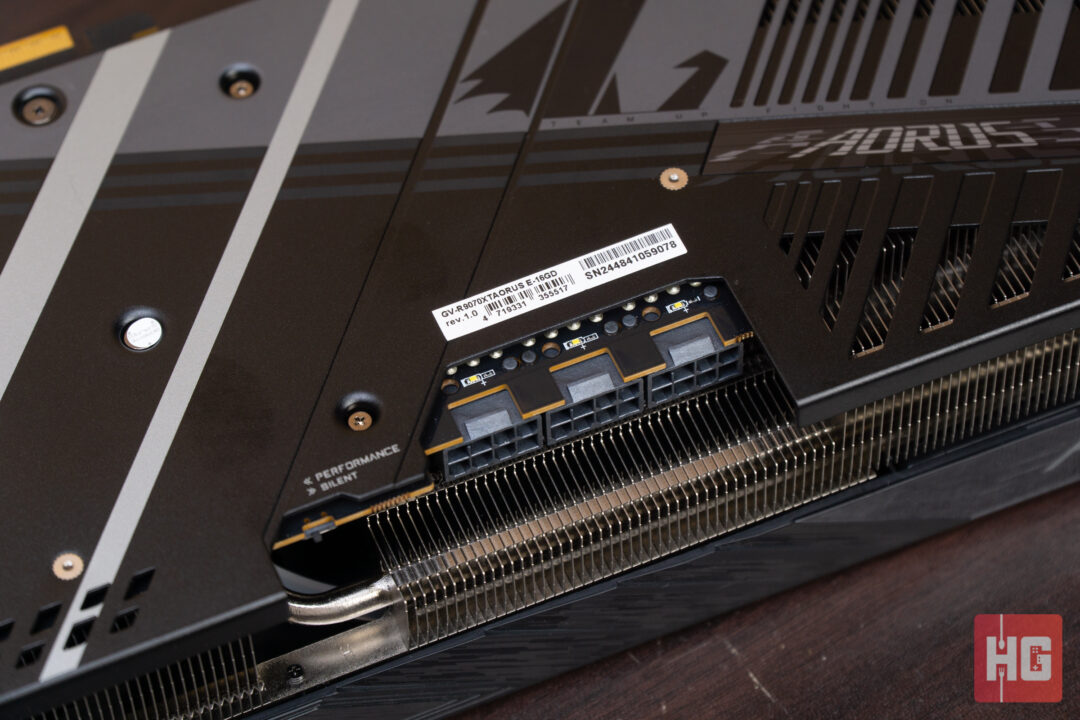
As for power, the card uses three of the conventional 8-pin PCIe power connectors. Given the issues of 12VHPWR connectors recently, this is perhaps good news for enthusiasts. This is especially favorable for those who have older PSUs.
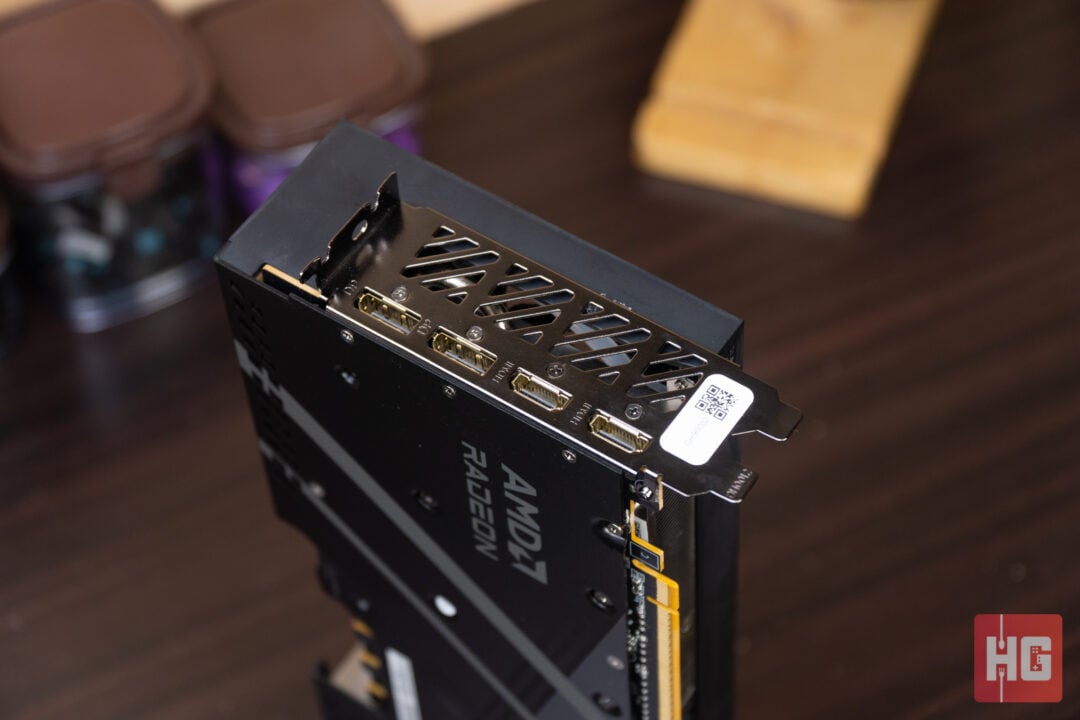
Placed at the back are its display connections, which include two DisplayPort 2.1a ports and two HDMI 2.1b connections. This selection of ports should be compatible with a wide range of displays out in the market.
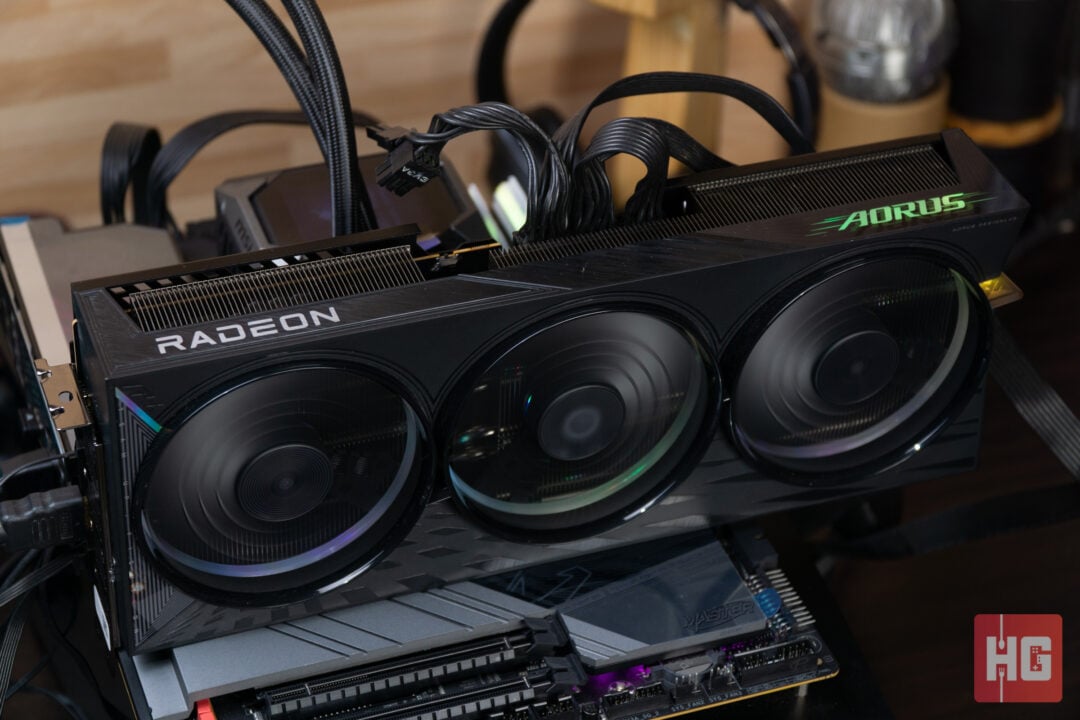
The Aorus Radeon RX 9070 XT Elite 16G runs on an overclock, and thus its need for a robust cooling solution. Gigabyte is running the card to boost and game clock speeds of up to 3,100MHz and 2,570MHz, respectively. This is a mild increase in speeds compared to the base boost and game clocks of the RX 9070 of 2,970MHz and 2,400MHz, respectively.
Check out the list below for the components we used for this review:
We will be running the card through various synthetic and gaming benchmarks to see what it is capable of. Games that have vendor-exclusive upscaling and frame generation options will be tested and displayed separately.
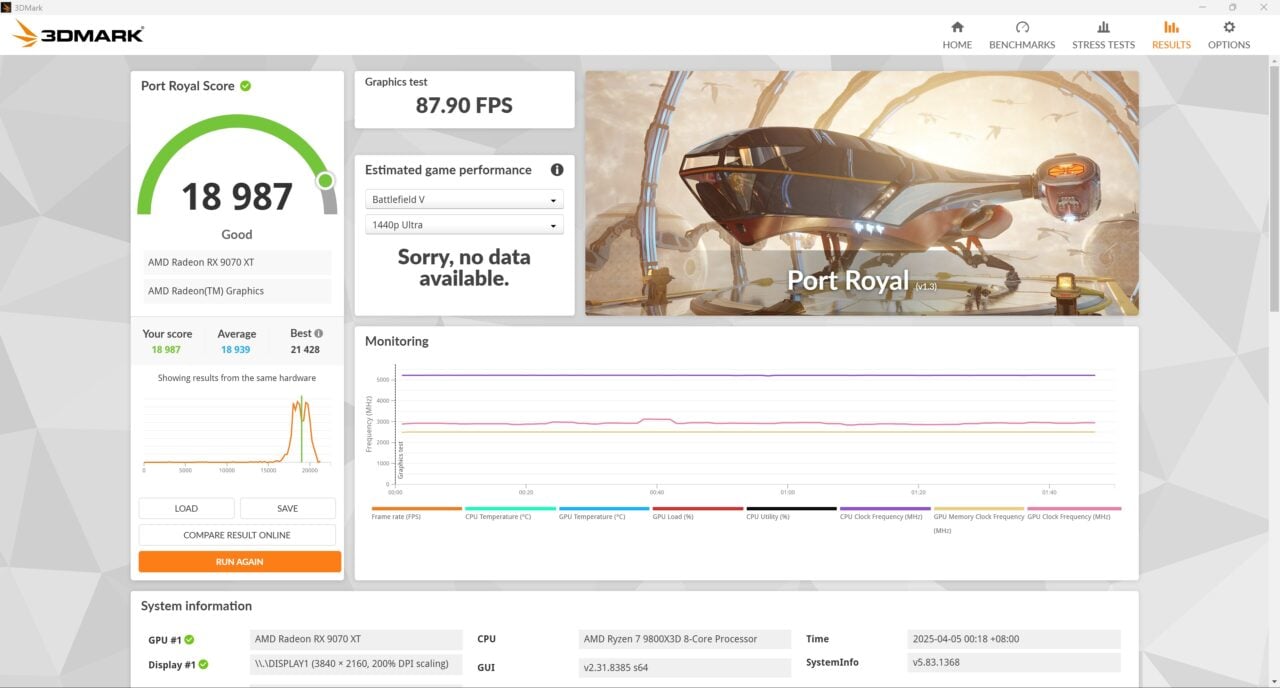
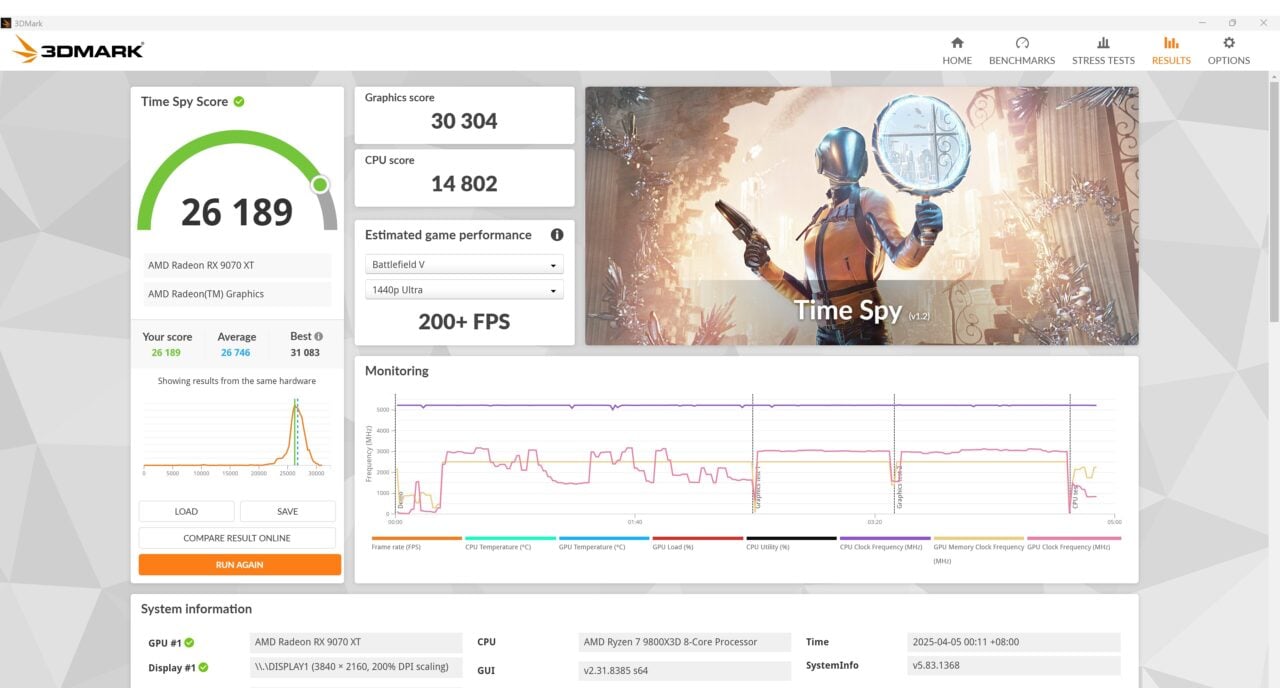
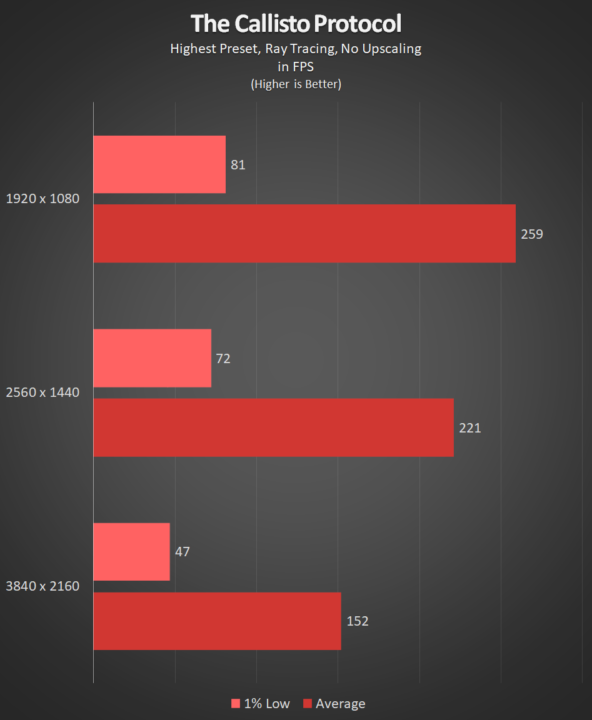
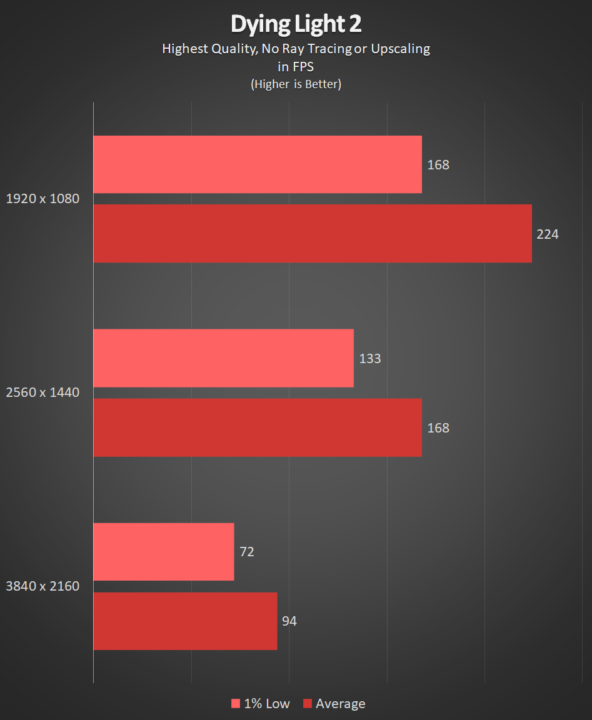
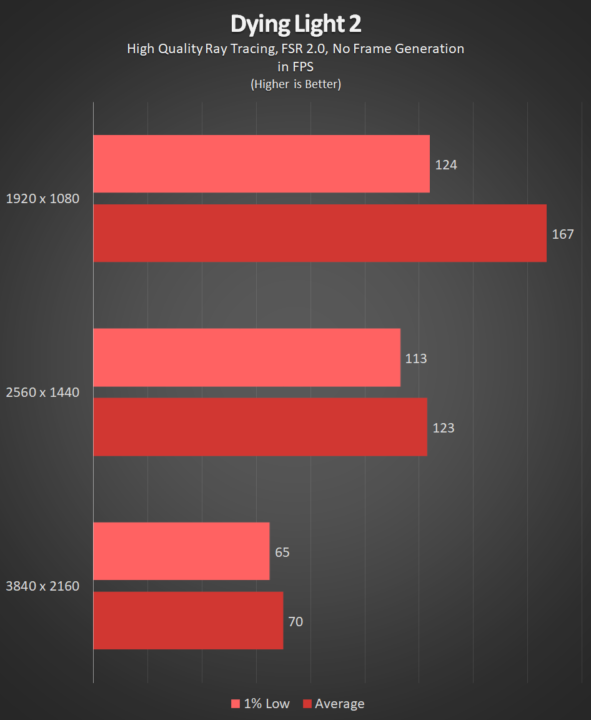
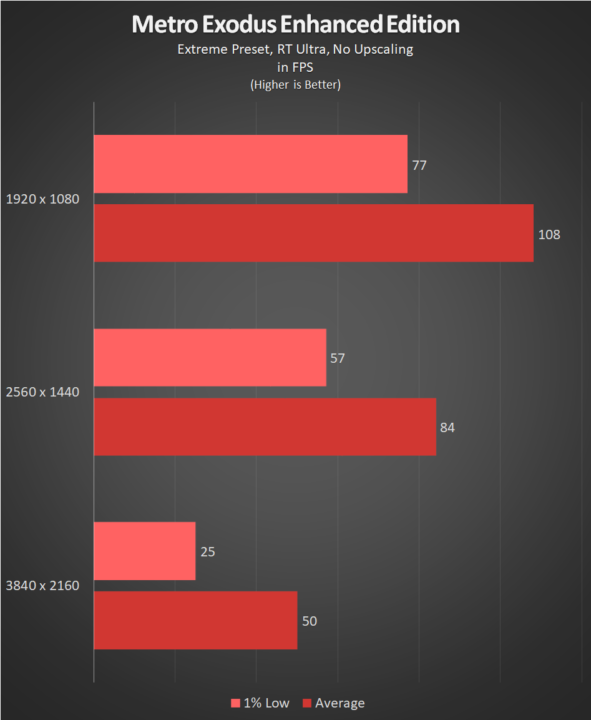
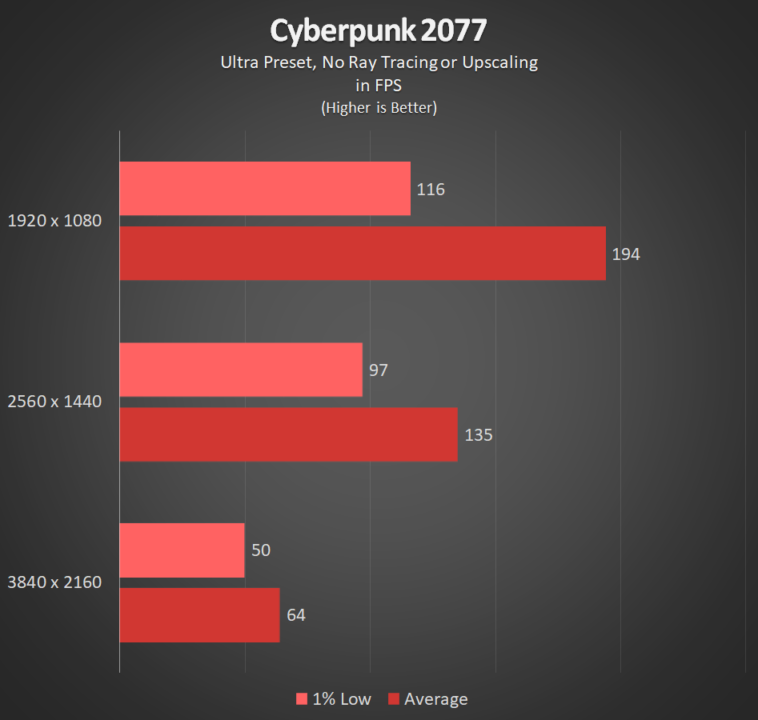
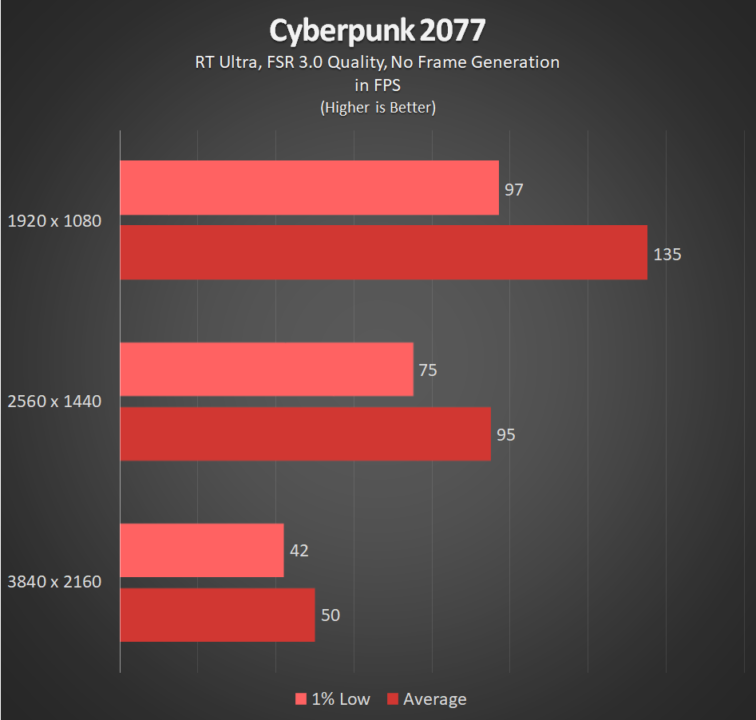
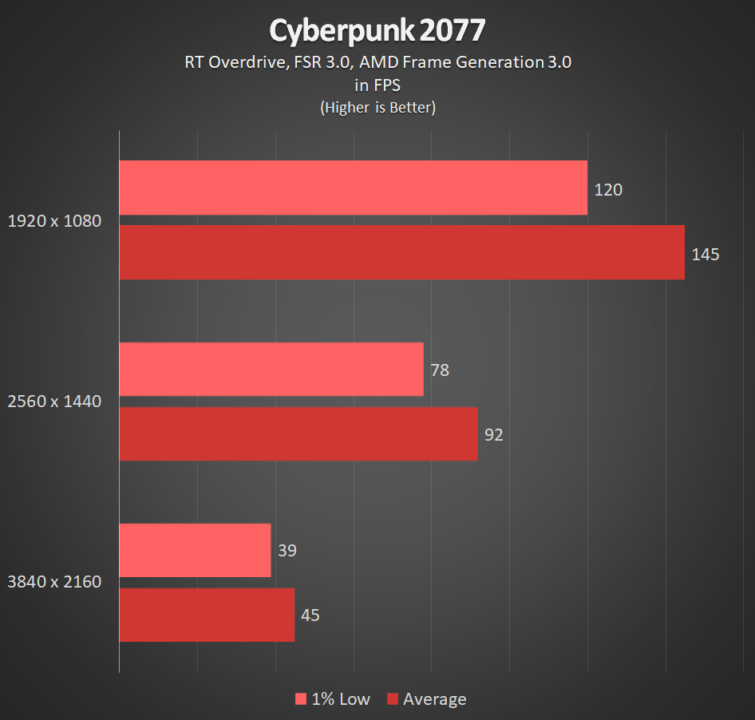
While the Aorus Radeon RX 9070 XT Elite 16G can pump out good numbers at most resolutions, FSR 4 implementation is still lacking. Some games that are on their list have yet to rollout an update that automatically allow their new upscaling method. There are ways to force FSR 4 to games with FSR 3.1 via Adrenalin or through Optiscaler, but the regular user will find this workaround confusing.
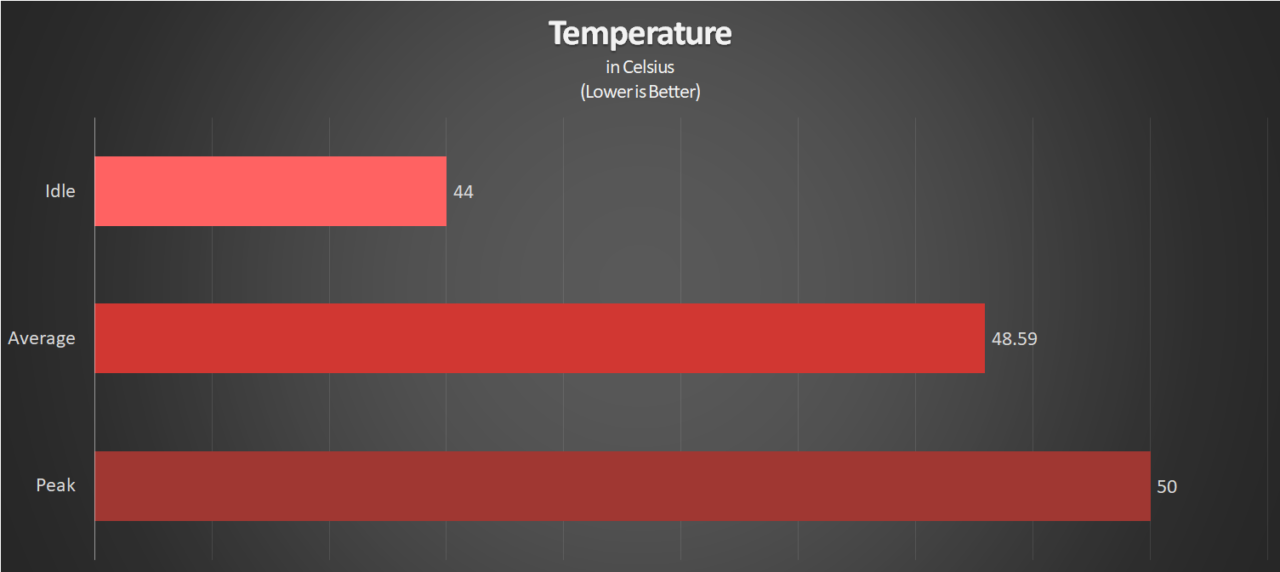
Given the massive cooling solution that Gigabyte slapped onto the Aorus Radeon RX 9070 XT Elite 16G, it’s no surprise that the card runs at a cool 50°C at maximum power. The fans do get rather loud especially when they are ramping up. At idle, however, the card runs silently and settles at just 44°C with the fans completely still.
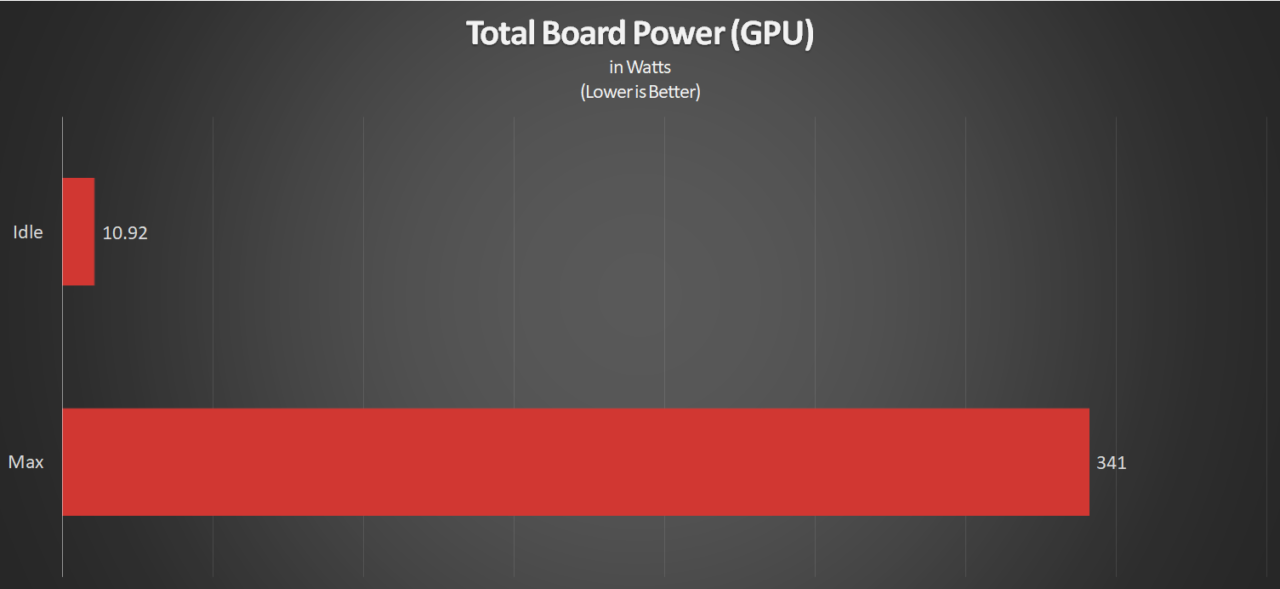
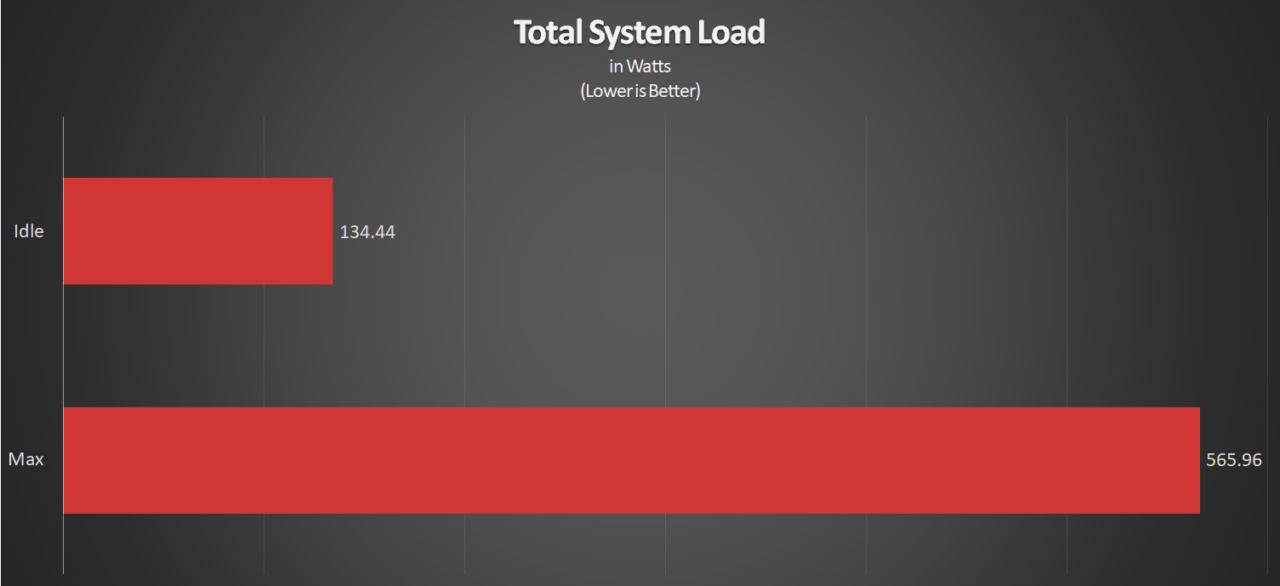
As for power, the card runs at only 11W at idle. Playing graphically-intensive games or putting the card in high workloads will boost it up to 341W, which is bang on its TDP rating. When paired with a similar setup to ours, the whole system takes up around 566W of power.

The AMD Radeon RX 9070 XT (and the Aorus Radeon RX 9070 XT Elite) is perhaps the brand’s best architecture this past few generations. Performance is a big jump from previous entries, and its ray tracing performance has received a significant boost.
While performance is well and good for gamers and enthusiasts, there are some growing pains from AMD. FSR 4, on paper, is a great alternative to NVIDIA’s DLSS 4 and has received plenty of improvements. Adoption, however, remains a sore spot for AMD as there is only a handful of games in the market that natively support the upscaling tech. Hopefully, more games will adopt FSR 4 in the future.
While AMD still trails on the software side, the Radeon RX 9070 XT is a clear win for them in performance. If you’re happy ditching NVIDIA and the pricing of their cards, AMD’s offerings this generation might be one of their best yet.
The Aorus Radeon RX 9070 XT Elite 16G is priced starting at PhP 51,495 in the Philippines. It is now available through all of Gigabyte’s authorized retail and online stores.



